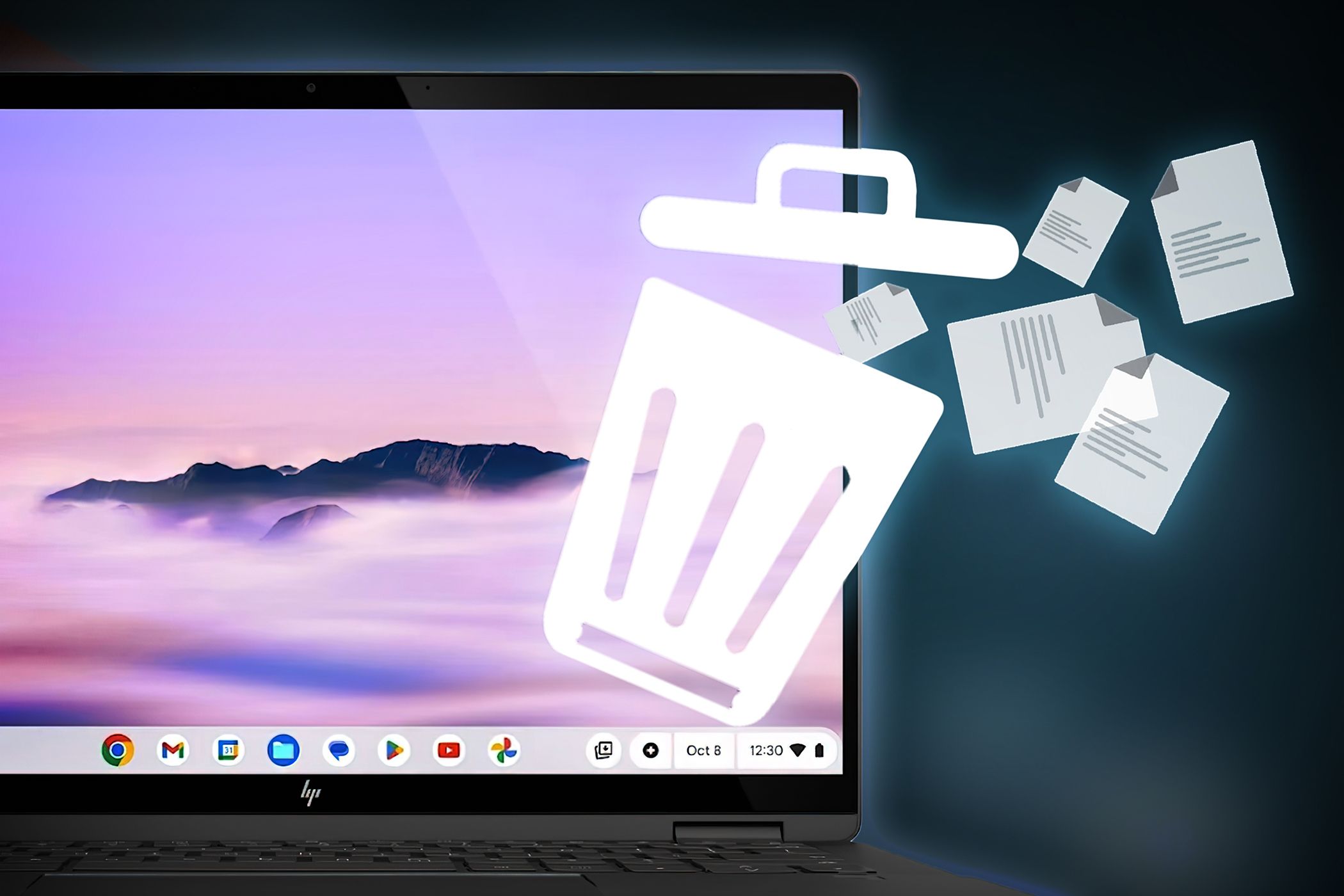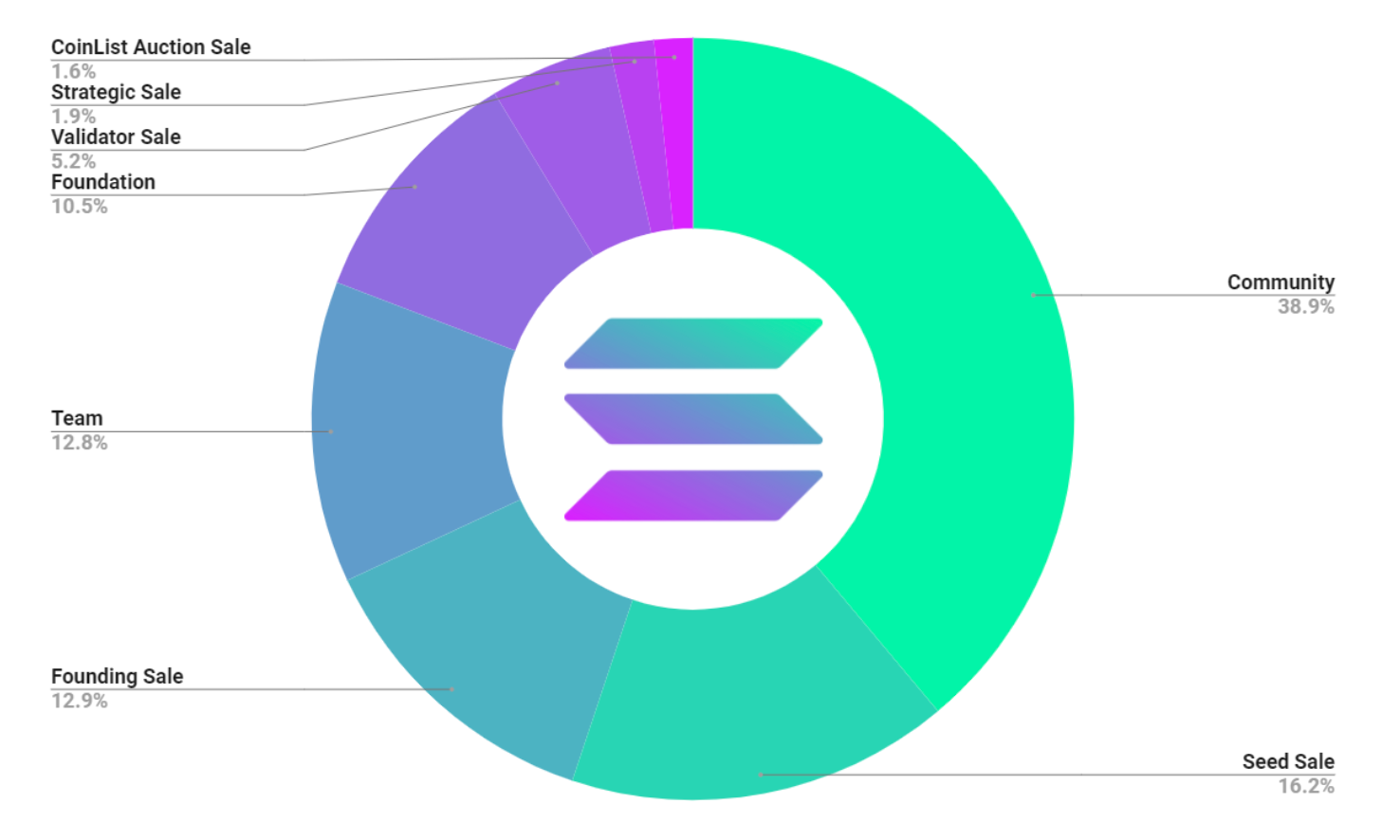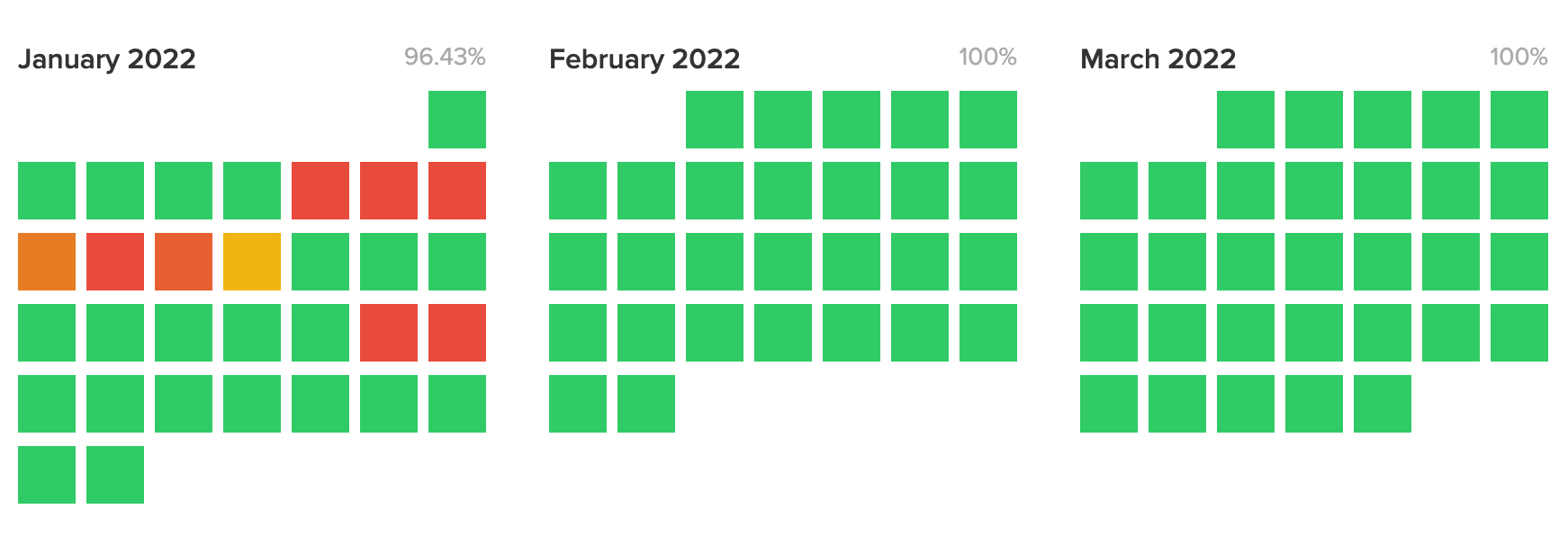
Exploring Solana: The Emerging 'Ethereum Killer' Explained

Exploring Solana: The Emerging ‘Ethereum Killer’ Explained
Quick Links
- Background of Solana
- Architecture and Throughput
- Understanding the Solana (SOL) Token
- A Cheaper Alternative
Solana is a high-speed and permissionless layer 1 public blockchain that is sometimes called an “Ethereum Killer” because it features cheap fees and fast transactions compared to the often expensive “gas” fees due to high traffic on Ethereum .
Background of Solana
Solana was created in 2017 by Anatoly Yakovenko to build something similar to what other blockchains allow but to keep costs low by increasing performance. To do this, Solana uses a hybrid solution featuring a unique network design that works to sidestep the “blockchain trilemma” that challenges many blockchain designs by positing that blockchains are always forced to make trade-offs between decentralization, security, and scalability.
Related: What is Ethereum, and What Are Smart Contracts?
The experience of using Solana lies in stark contrast to networks like Ethereum as the user experience is vastly improved with transactions that cost a few cents and settle almost instantly. While using Ethereum wallets like MetaMask are obstacles for onboarding new users, the Solana network features smooth decentralized applications with user-friendly interfaces, a thriving NFT ecosystem, and plenty of developers continuing to build out use cases for the technology using the foundation the Solana blockchain offers.
Critics are quick to point out that Solana is more centralized by some definitions than other blockchains and therefore is somewhat removed from the core ethos of the cryptocurrency movement that values decentralization and sovereignty. The Solana network has also suffered a few major outages which are largely being patched but still raises doubts in the eyes of some investors and users.
Architecture and Throughput
The Solana blockchain is engineered to provide high performance when it comes to throughput. Solana uses a hybrid consensus mechanism to validate the chain based on a combination of a special proof-of-history (PoH) algorithm with the ultra-fast synchronization engine called proof of stake (PoS).
Related: Proof of Work vs. Proof of Stake: What’s the Difference?
Proof of Stake (PoS) means that the consensus mechanism is based on a system of validators that deposit their Solana tokens (SOL) into the protocol as collateral for being a good-faith actor in the verification process of the transactions being added to each block in the blockchain. If the validator is fraudulent or corrupt, their stake of tokens will get slashed, which means their deposit gets forfeited to the protocol. Because Proof of Stake eliminates the complex mathematical computations needed for Proof of Work, it uses significantly less energy,
Because of this, the Solana network can theoretically process over 710,000 transactions per second (TPS) without any scaling solutions needed. The design of Solana gives it a higher performance threshold than other chains, giving users the fast and cheap transactions they are used to when using web2 applications.
Understanding the Solana (SOL) Token
The native cryptocurrency for the Solana blockchain network is SOL, which functions as its utility token needed to pay for transaction fees for using the network, transferring value and compensation for providing security to the chain via staking. The SOL token launched in March 2020 and has since climbed to reach a market capitalization in the top 10 cryptocurrencies.

The current total supply is approximately 523k SOL, with a circulating supply of about 342k SOL as of June 2022 (via Solana ). When the Solana network first launched, it had an initial total supply of 500k SOL. However, the Solana Foundation previously burned 11 million SOL . This reduced the total supply down to around 488k SOL.
With new SOL rewarded as Solana staking yield , Solana’s initial inflation is at 8%. This inflation rate will reduce 15% year on year until it settles on what Solana described as its “Long-term Inflation Rate”‘ of 1.5%.
You can purchase SOL on most major centralized exchanges as well as exchange tokens for SOL on many popular decentralized swap or exchange applications.
A Cheaper Alternative
The high gas fees experienced on Ethereum are prohibitive or unattractive for many casual investors or crypto-curious individuals looking to get started in the world of web3 .
When Ethereum gas prices spike to high levels making it expensive to use the blockchain, then many cryptocurrency investors and traders look to other blockchains to conduct their trades and NFT trading. Solana’s growth has benefitted from the high gas on Ethereum as users have fled to using Solana for NFTs and decentralized finance (DeFi) such as yield farming or staking .
NFTs on Solana

Non-fungible token (NFT) sales on the Solana blockchain crossed the $1 billion mark in total volume in January of 2022. Studying the data shows that overall volume and the number of unique buyers has steadily increased over time, while the average price of each sale has gone down.
The data highlights the world of artists and creators using Solana to make NFTs is growing quickly as many people see the cheap fees as an advantage to onboard newer users to web3 who would otherwise be turned off at the idea of paying $25-40 in gas fees to purchase an NFT. While the top NFT collections on Solana sell for considerably less than the top NFT artworks on Ethereum, Solana has the second-largest NFT ecosystem.

The cheap fees have also made Solana a go-to choice for many builders in the space who require high performance and cheap fees as part of their business model. Many projects are leveraging these features for cultural, events, music, and artistic use cases that require this kind of throughput to make their projects viable.
The performance of Solana has attracted game developers and there are several high-profile games in production that make use of NFTs including STEPN , a move-to-earn game, and Star Atlas , which is an MMORPG .
Centralization Concerns
Since Solana uses Proof of Stake (PoS) versus Proof of Work (PoW) , there are different dynamics at play when it comes to determining the centralization of the validator network. If token accumulation by validators is the greatest factor in deciding who gets to validate the next block of transactions, then they are more likely to be rewarded with the block reward, which the compensation validators receive for securing the network.
These can lead to a scenario in which the rich get richer as those entities or validators who already own an outsize amount of Solana tokens have a clear advantage of earning more than the average user who wants to validate the network. Around 60% of SOL tokens are controlled by Solana’s founders and the Solana Foundation, with 38% reserved for the community.
Outages

Solana blockchain has gone down, meaning it was inoperable, several times in the last six months. According to Solana Status , it has gone down 5 times in 2022. Solana’s worst outage so far was in early January 2022 – this one lasted from January 6 to 12. The network also saw another outage in late January and had a 96.4% uptime during the month.
When the network has gone down, it has been typically due to the failure of the validators to reach consensus and agree on the accuracy of the chain. These inconsistencies have sometimes come from a flood of bots flooding the network with transactions.
Many people in web3 are critical of Solana because of these outages. Some people decry that Solana is not ready for the scale that it hopes to achieve. Others state that these are growing pains, and that the network is experiencing an iterative period of stress tests which are helping Solana become more battle-hardened and robust as weaknesses are exposed and then patched and resolved.
Final Thoughts
In summary, Solana is a layer 1 blockchain that allows for the similar kind of development of decentralized applications as many other smart contract blockchain networks. However, Solana runs on a different consensus mechanism which allows for a higher throughput of transactions offering its users access to low-cost and rapid transactions.
While many are familiar with paying high gas fees on Ethereum to do such activities as decentralized finance or buy and trade NFTs, you can do many of the same things on Solana without the high fees, which has led to an explosion of growth within the Solana NFT ecosystem.
The structural design of Solana leads to many differences between its design and execution when composed with Ethereum. Critics point out the concentrated token holdings as potential risk factors because it makes the blockchain more centralized in some respects because it favors those who hold more tokens to be chosen as validators.
Regardless of these critiques, the Solana ecosystem continues to grow as the cheap and fast transactions have allowed Solana to capture a share of the market that relies on these parameters for their use cases to make sense as a business model. Many entertainment businesses that are blending crypto culture with music, fashion, and art have turned to Solana because of its low fees and attractive onboarding experience.
Also read:
- [New] In 2024, Effortlessly Enhance Your TikTok Aesthetic Guide Inside
- [New] In 2024, Scriptwriting Essentials for Authentic and Engaging Documentaries
- [New] Top Offline Speech-to-Text Transcription Apps
- [New] Top Ways to Preserve and Log YouTube Live Streams for 2024
- [Updated] In 2024, Crafting Thumbnails on the Go For Aspiring Mobile Film Makers
- [Updated] In 2024, Pixel-Perfect Facebook Recording Tools
- [Updated] Synthesize Shots The Photo Montage Methodology
- [Updated] Valorant's Finest Voice Modder – Accessible at No Cost
- 2024 Approved The DJI X20 Drone Vision Wear Review
- Apex Artists YouTube's Most-Followed Sages
- Fixes for Apps Keep Crashing on Nokia G310 | Dr.fone
- Latest NVIDIA Graphics Drivers: Compatible with Windows 11, 7 & 8 - Free Downloads
- The Best Approach to Enhancing Your 4K Vision with a New Lens for 2024
- Windows 10/11中Sysprep的逐步使用教程 | 系統啟動歸位課程
- Title: Exploring Solana: The Emerging 'Ethereum Killer' Explained
- Author: Daniel
- Created at : 2025-03-04 21:51:04
- Updated at : 2025-03-06 02:17:55
- Link: https://some-skills.techidaily.com/exploring-solana-the-emerging-ethereum-killer-explained/
- License: This work is licensed under CC BY-NC-SA 4.0.